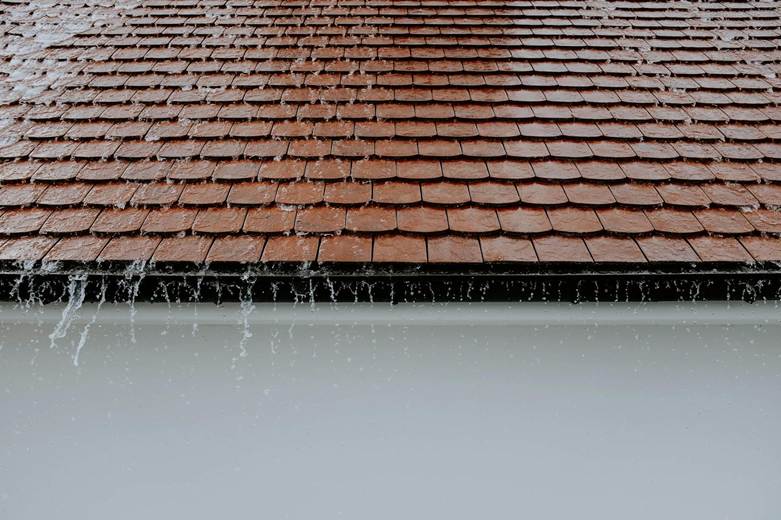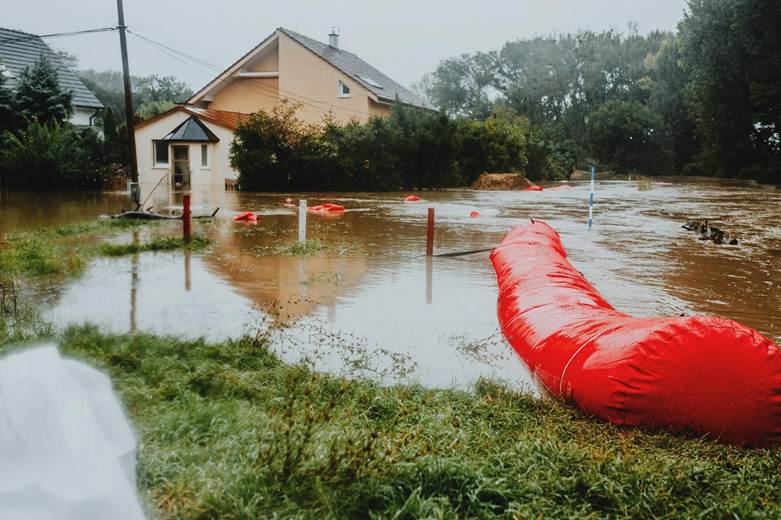Storms are growing more intense and frequent, making it essential to storm-proof your property before disaster strikes. Whether it's heavy winds, torrential rain, or flying debris, unprepared homes face costly damage and safety risks. By taking proactive measures, you can greatly reduce the impact of severe weather. This guide provides a detailed, step-by-step checklist to help homeowners strengthen their homes from the roof down to the foundation. From reinforcing structures to organizing emergency supplies, every step plays a role in protecting your investment and ensuring your family's safety. Don’t wait for the next forecast; start storm-proofing your home today.

Inspect and Secure the Roof
Your roof is the first line of defense against wind, rain, and flying debris, making it one of the most critical elements to storm-proof. Begin by inspecting the entire roof for loose or missing shingles, cracks, and worn flashing. Make necessary repairs to prevent water from seeping in and causing interior damage. Consider upgrading to impact-resistant roofing materials, especially if you live in a storm-heavy region. Reinforce roof trusses and rafters using hurricane clips or straps, which help keep the roof attached to the walls during high winds. It’s also wise to clean your gutters and downspouts regularly to ensure proper drainage and prevent water buildup, which can lead to leaks or collapse.
Inspect and Secure Your Air Conditioning Unit
As storms approach, it’s important to take precautions to protect your outdoor HVAC system from damage. Clearing away loose debris, trimming nearby branches, and securing a protective cover can all help shield the unit. One important step, preparing your AC for stormy weather, involves not only safeguarding the physical equipment but also preventing potential electrical hazards that can arise from flooding or flying objects. Be sure to shut off power to the unit if severe conditions are expected. Once the storm has passed, have a technician inspect the system before restarting it to ensure it’s still operating safely.
Strengthen Windows and Doors
Windows and doors are common entry points for wind and water during a storm, so reinforcing them is crucial. Install storm shutters or use pre-cut plywood to cover windows securely when a storm approaches. For a more permanent solution, consider impact-resistant glass designed to withstand high winds and flying objects. Check that all doors, especially garage doors, are properly sealed and reinforced with heavy-duty deadbolts or bracing kits. The garage door, in particular, can fail under extreme pressure, leading to severe structural damage. Weather stripping around doors and windows can also help keep moisture out and prevent costly repairs down the road.
Trim Trees and Secure Outdoor Items
One of the most overlooked aspects of storm preparation is the area around your home. Overhanging branches and unsecured outdoor furniture can become dangerous projectiles in high winds. Trim any trees or shrubs near your house, particularly those with dead or weak branches. Remove any debris from your yard and secure or store outdoor items such as patio furniture, garden tools, grills, and decorations. Use heavy-duty anchors or chains to stabilize larger items like sheds or gazebos. These small actions can prevent major damage to your home and your neighbors’ properties while reducing personal injury risks.
Check and Protect Your Foundation
Your home’s foundation plays a vital role in storm resistance, particularly in areas prone to flooding. Begin by inspecting the foundation for cracks or signs of water intrusion. Seal any visible gaps with waterproof caulking or hydraulic cement. Ensure that the grading around your home slopes away from the foundation to direct rainwater and runoff. Installing a sump pump in the basement or crawl space can help remove excess water and prevent flooding. If you live in a flood-prone zone, consider adding a flood barrier or sandbag system to keep water at bay. A well-protected foundation ensures structural stability and prevents costly post-storm repairs.
Reinforce the Interior for Safety and Emergency Response
While much of storm-proofing focuses on the exterior, the interior of your home must also be prepared for emergencies. Designate a safe room or area with minimal windows where your family can shelter during a storm. Stock it with emergency supplies such as flashlights, batteries, bottled water, non-perishable food, a first-aid kit, blankets, and a battery-powered radio. Make sure everyone knows where the circuit breaker and main water shut-off valves are located. Store important documents, such as insurance papers, IDs, and medical records, in waterproof containers. Practicing a family emergency plan can ensure everyone knows what to do when the time comes, reducing panic and increasing safety.

Storm-proofing your property may seem daunting at first, but taking a proactive, step-by-step approach can make the process manageable and effective. From strengthening your roof to preparing emergency supplies, each action helps reduce risks and gives you peace of mind when the weather takes a turn. By investing time and resources now, you’ll protect not just your home but also the well-being of those who live in it. Remember: it’s not about waiting for the storm to pass—it’s about being ready before it hits. Would you like a printable version of this checklist to keep on hand?









